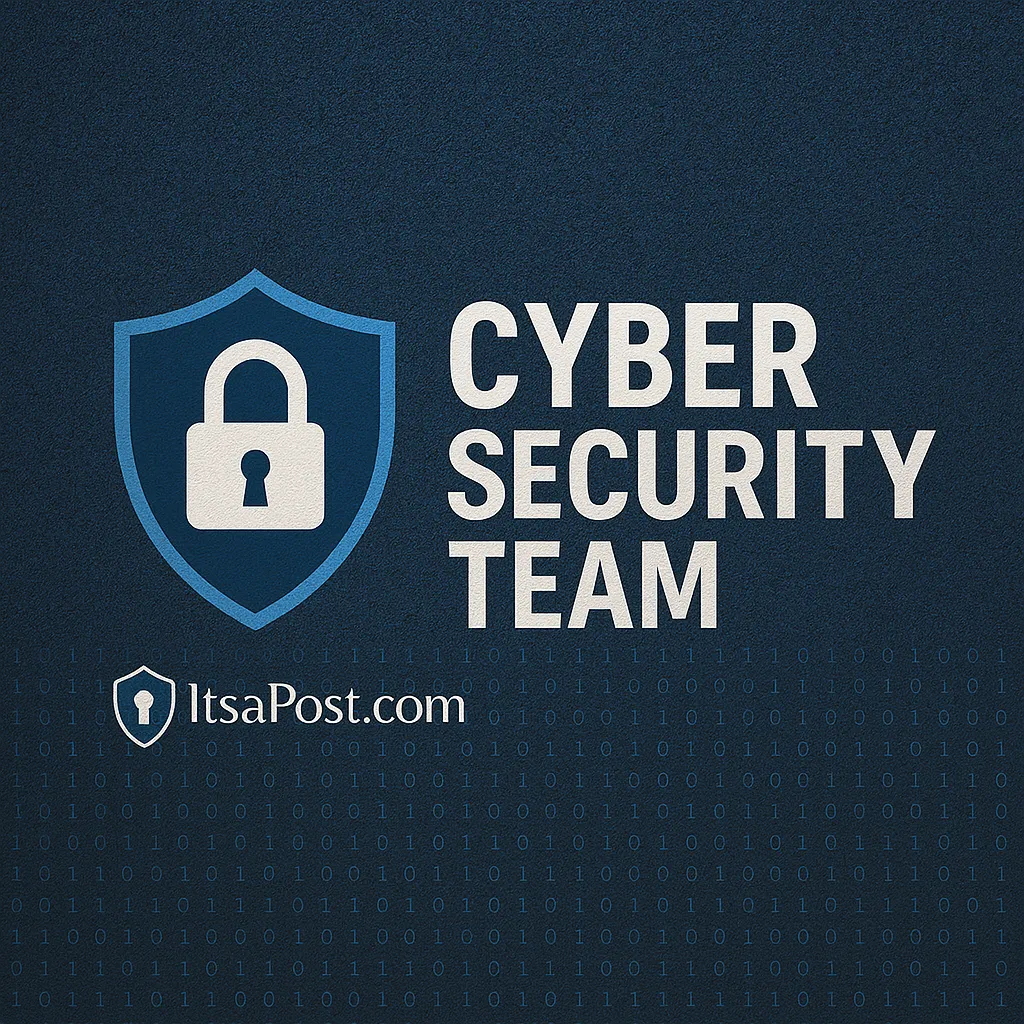Preparing for the Quantum Future: Embracing Post-Quantum Cryptography
Welcome to the era of quantum computing, where the potentials and risks go hand in hand. As we inch closer to a quantum future, our current cybersecurity measures face unprecedented challenges. A primary concern is the arrival of quantum computing capabilities that could potentially break much of the current encryption protecting our digital world.
Understanding Quantum Computing Impact
Quantum computing represents a significant leap over conventional computing, utilizing quantum bits or qubits, which enable operations at speeds unachievable by traditional computers. Such capabilities promise advancements in areas like material science, complex system simulations, and cryptography. However, they also pose a significant threat to current cryptographic standards which secure everything from bank transactions to private communications.
A critical milestone referred to in the industry as 'Q-Day' is anticipated with mixed feelings. It suggests the day when quantum computers will effectively render our current cryptographic safeguards obsolete, leading to what some reports call a 'Quantum Apocalypse' (WIRED, 2025).
The Role of Post-Quantum Cryptography (PQC)
Responding to these quantum threats, the development of Post-Quantum Cryptography (PQC) is underway. PQC refers to cryptographic algorithms believed to be secure against an attack by a quantum computer. Current efforts in the field aim to develop security protocols that can be implemented with the existing infrastructure but secure enough to withstand quantum attacks.
DORA and Enhancement of Cybersecurity
The Digital Operational Resilience Act (DORA) plays a crucial role in addressing these future challenges. It establishes a framework for digital operational resilience, ensuring that all entities in the financial sector can withstand, respond to, and recover from ICT-related disruptions and threats (IBM News, 2024). As part of this, testing the resilience against quantum attacks is paramount.
Global Efforts and the Road Ahead
As indicated by MITRE's 2025 report, understanding the current state of quantum computing is vital for assessing cybersecurity threats. It explores various national strategies to foster the development of post-quantum cryptography as a preemptive measure against quantum risks (MITRE, 2025). This includes international collaboration and investment in developing quantum-proof security systems.
What Can You Do?
For businesses and individuals, the steps towards preparing for a quantum future include staying informed about PQC developments, assessing cryptographic needs, and preparing to transition to quantum-resistant algorithms when they become available. The migration to quantum-safe cryptography should start now, with strategic planning and investments in upgrading systems that can adopt these new standards seamlessly.
Your proactive measures today will ensure security tomorrow. Not only is it essential for protecting sensitive information but also for maintaining trust in digital interactions and commerce in the post-quantum era.
